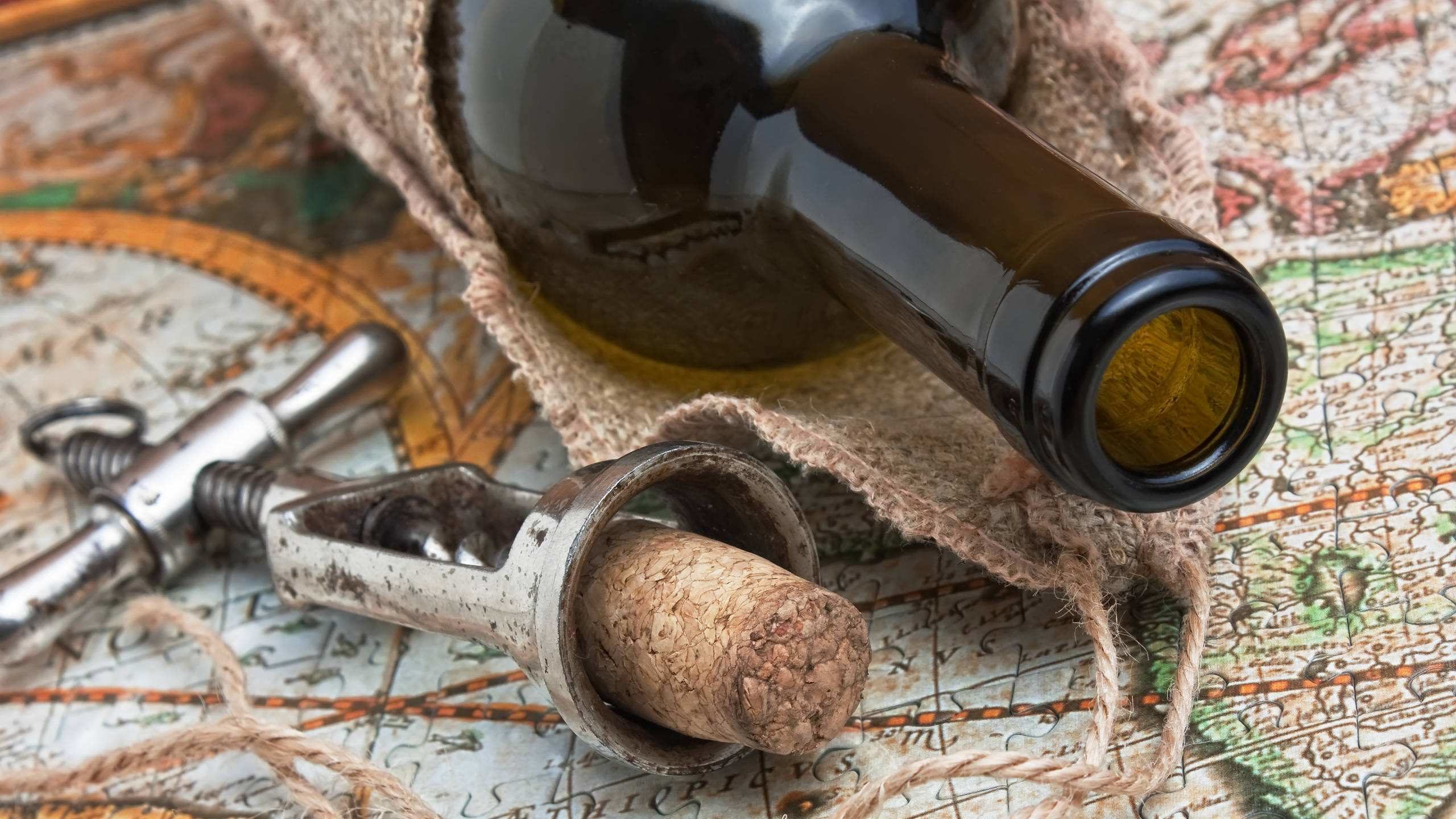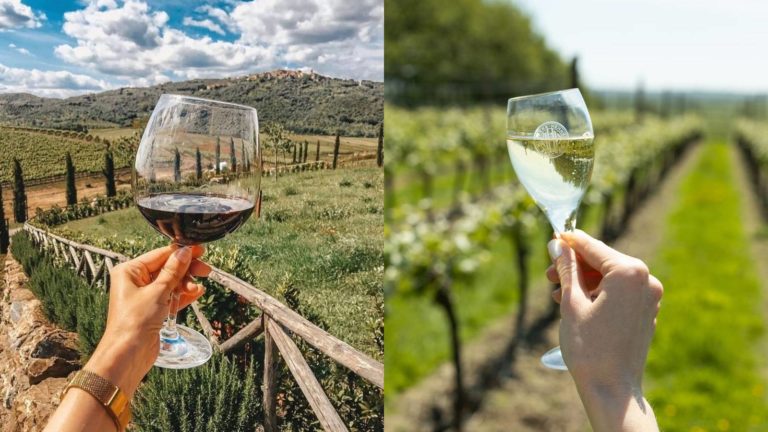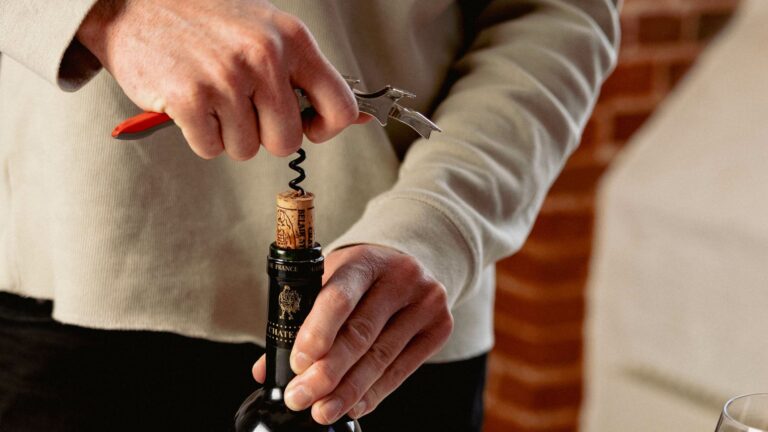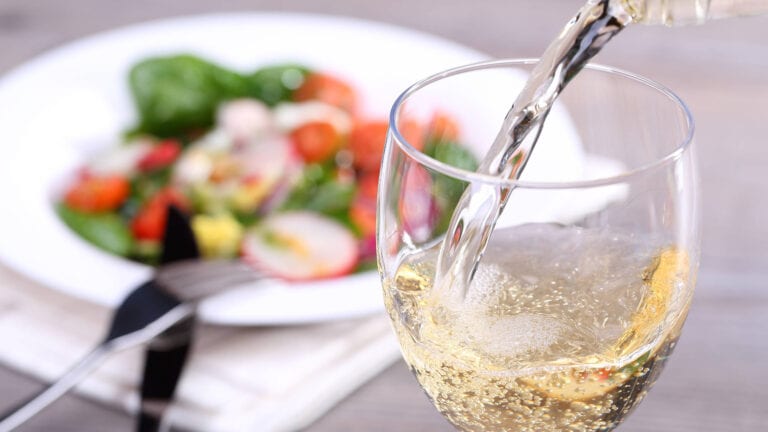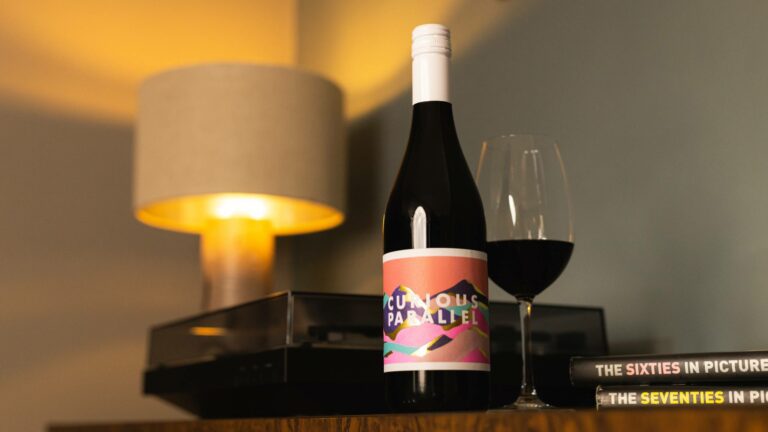When it comes to defining wine, where do you draw the line? This week we thought we would take a casual stroll down the familiar avenue of New and Old World wines – but with a twist. Rather than being two unique, predefined categories they are slowly melting into one another and the boundaries between are blurred – it’s up to you to decide whether this is a good or a recessive change in how we define our wines….
But let’s start discussion with a foundation of understanding.
THE GOOD OLD WORLD
The term ‘Old World’ simply refers to the European regions that have a long history of wine production. The focus in these regions is on tradition and the wine embodying the terroir (the combination of factors, including soil, climate, and environment, that gives a wine its distinctive character).
With many years of winemaking under their belt, Old World regions have had a chance to perfect the techniques that work best for them and these practices have come to be protected by local laws and regulations. Tradition is also very much alive in the people too, with vineyards being kept in the family and winemaking techniques being passed from generation to generation.
Winemakers believe that individual ‘terroir’ gives wine a distinctive and unique flavour – more important than the winemaking techniques used or even the actual grape variety itself. This, theoretically, means that a Chardonnay from Chablis will taste different to any Chardonnay that is made anywhere else in the world, even if the same winemaking techniques are used. Fascinating, isn’t it!
THAT CRAZY NEW WORLD
‘New World’ refers to the winemaking areas outside of Europe, such as Australia, South Africa and the USA. Most of these areas have actually been making wine for centuries, but unlike the Old World regions, not much of the juice was exported and the wines were generally kept for domestic consumption.
With the weather being hotter in New World regions, the grapes are riper and so the resulting wines tend to be more full bodied and higher in alcohol. New World winemakers can pick grapes from many different areas if they want as there are no regulations controlling this aspect of winemaking – converse to rules in place in Old World regions. This means that a winemaker can search for the best of the bunch to make their wine. This has opened the door for a lot of experimental winemaking!
In the 1960’s and 70’s movements took place to carry the names of the grapes in the wine directly on the label, led by ground-breaking winemakers such as Robert Mondavi and his ‘Fumé Blanc’. This made labels more straightforward and easy to understand for consumers, compared to previously having the names of Old World regions (such as Burgundy) on wine labels to try and give people some idea of what the wine would taste like – something that producers over in Europe had objected to.
People have been soaking up the New World style of wine for years now – notably Australia now ranks number one when it comes to exporting wine into the UK, even overtaking France.
BLURRING THE BOUNDARY
The previously laid down definitions sound simple and straightforward, but these days the gap between Old and New is starting to close. Winemakers in New World countries have been producing wines in a more reserved style, like those you would find in Europe, showing that they can produce good, strong quality, character-driven wines. Some winemakers are even jumping ship from Old World countries so that they can produce wines without the constant constraints of wine laws.
Keen not to miss out, Europe have been at it too! Due to the fact that they are slightly less restricted by winemaking laws in Southern France, the region has been dubbed, ‘The New World of France’ and has been providing us with some incredible full and fruity numbers.
So how do you feel about this topic?
Imagine you’re on the website choosing your next case, have a quick look through these options;
- Grenache from Australia OR Garnacha from Spain?
- Unoaked Chardonnay from Chile OR Chablis from France?
- Pinot Grigio from Australia OR Pinot Gris from France?
When ‘picking your wine’ there will be factors that sway your choice – often it is price, sometimes it is going with the one that you know best. But on your list, how important is it whether the wine is Old World or New World? Are you an avid Old World fan or is it New World to the core for you?
Let us know your thoughts, whether they lie in favour to the South or North of the equator…

